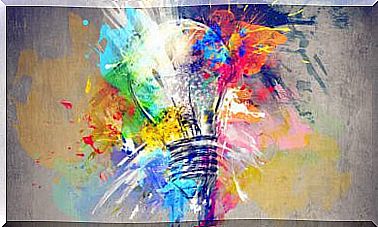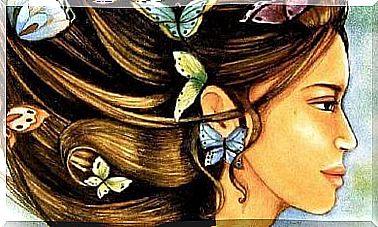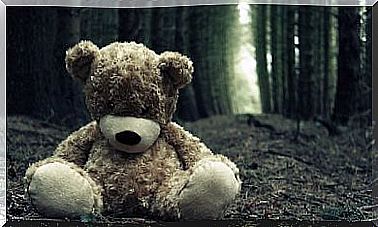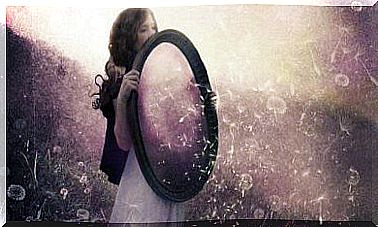Brain Lobes: Characteristics And Functions
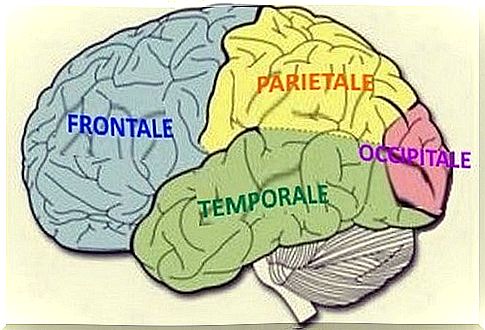
Everything we are is written right there, in that fascinating, complex organ that reflects the evolutionary process of the human species. We are talking, of course, about the human brain and the functions of the brain lobes. All lobes are in fact responsible for specific processes and in them reside our consciousness, the articulation of language, memory, the regulation of emotions and so on.
Antonio Damasio, a famous Portuguese neurologist, explains in his book entitled In search of Spinoza that the brain is more than a simple set of neurons. In fact, even the classic association between this organ and a computer does not seem to explain how it works in the best way. The brain and the cerebral lobes are the direct result of our daily interaction with the external environment.
We are what we see, perceive, experience, as well as the way we react to every stimulus and circumstance. The brain shapes itself with each experience and the brain lobes are the protagonists of this process, based on their characteristics. Identifying them and understanding each process they carry out will help us have a richer and more complete view of the human brain.
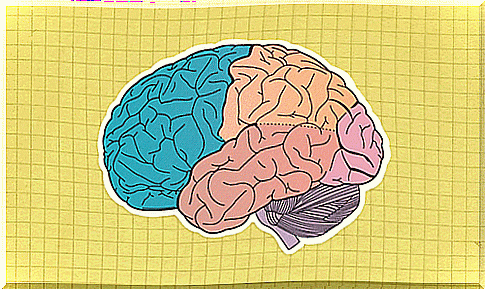
The cerebral lobes and their functions
When we think of the brain lobes, we can make the mistake of imagining two structures that are separate or distinct from each other. Well, it is important to emphasize that there is no clear boundary between them and that the four large areas that make up the brain lobes always work simultaneously, together or sharing information continuously.
On the other hand, each lobe has certain characteristics that distinguish it, but this does not mean that everyone exclusively controls a certain “task”. Many activities and processes overlap across different brain areas.
The functioning of one area could not really be effective without the presence of the others. Consequently, often the brain damage that affects a specific area can be compensated by the activity – more or less effective – of the others.
Sometimes even researchers argue that there is a well-defined boundary between one brain area and another. Instead, what we can perceive almost at first glance is that there are two hemispheres: the right and the left.
Starting from this premise, we can say that each of the four lobes that make up the brain cross both hemispheres. This is why neurologists usually speak more precisely of left frontal lobe, right frontal lobe and so on. Let’s see what are the characteristics of the cerebral lobes.
Frontal lobe
The frontal lobe represents the essence of the evolution of the human species. Located in the front of the head, just below the frontal bones of the skull and near the forehead, it forms the dominant part of our brain, the one that took the longest to form and evolve and appear. Among the different functions it can perform, we find:
- The production of language and speech, thanks to the Broca area, an area with incredible functions, which allows us to translate thought into word.
- Cognitive processes, sophisticated executive functions that allow us to plan, pay attention, memorize long-term data, understand what we see, regulate emotions and so on.
- Understanding and reacting to the feelings of others. Let’s talk about empathy.
- Mechanism for regulating motivation and seeking rewards : Most of the dopamine-sensitive neurons in the brain are found in the frontal lobe.
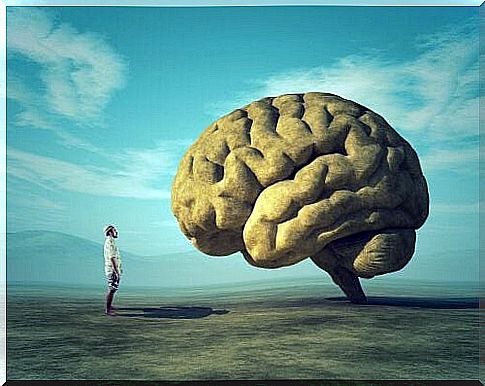
Parietal lobe
The parietal lobe is located above the temporal lobe and behind the frontal lobe. Its functions are many, but what defines this cerebral area is above all its role in sensory perception and space, the movement of the body and the sense of orientation.
This lobe also captures information relating to most of our sensory organs. Here pain is processed and modulated, but also physical effort and body temperature.
Thanks to the parietal lobe we are able to understand the nature of numbers. Its relationship with mathematical skills is therefore noteworthy.
Occipital lobe
Among the 4 cerebral lobes, the occipital one is the smallest, but also the most interesting. It is located near the nape of the neck and has no real function. Rather, it is almost like the way of connecting and organizing most mental processes. In detail:
- Participate in the processes of perception and visual recognition.
- It has a key function regarding the sense of sight. His courtship regulates different areas of the visual field, such as that which detects mental patterns, to process information and send it to other areas of the brain.
- Helps to distinguish colors.
- It also participates in the processing of emotions and thoughts.
Temporal lobe
Almost attached to the sinuses and both sides of the brain, we find the temporal lobe, which is also responsible for a large amount of cognitive processes. As we have seen so far, it is very difficult to associate very specific functions with each of these structures. They are interdependent, interconnected and make perfect balance possible.
In particular the temporal lobe:
- It helps us recognize faces.
- It allows the articulation of language and the understanding of sounds, voice and music.
- Promotes balance.
- Actively participate in the modulation of emotions, such as motivation, anger, anxiety and pleasure.
Insular lobe
We have said that our brain is organized in four lobes. Well, from a neuroanatomical point of view, there are many studies that mention a fifth area. We are talking about the island, a hidden lobe located just below the temporal, frontal and parietal lobes. It is a particularly hidden and difficult to locate area as it is located between numerous venous vessels and arteries.
Its exact functions are not known. However, several changes in this brain area have been observed in patients suffering from epilepsy. It seems to be an active part, for example, in the perception of taste, in the control of the bowels and in the somatosensory system and it would seem to be associated with our emotional processes as well, since it is also part of the limbic system.

The brain lobes outline a fascinating map of processes and connections where it is very difficult to establish precise functions. Perhaps, among all the lobes, the most interesting could be the frontal one because it deals with those executive functions that undoubtedly represent an evolution of our species. Indeed, such important processes as planning or controlling stimuli take place in it. However, there is one fact that we cannot forget: our brains are constantly evolving.
